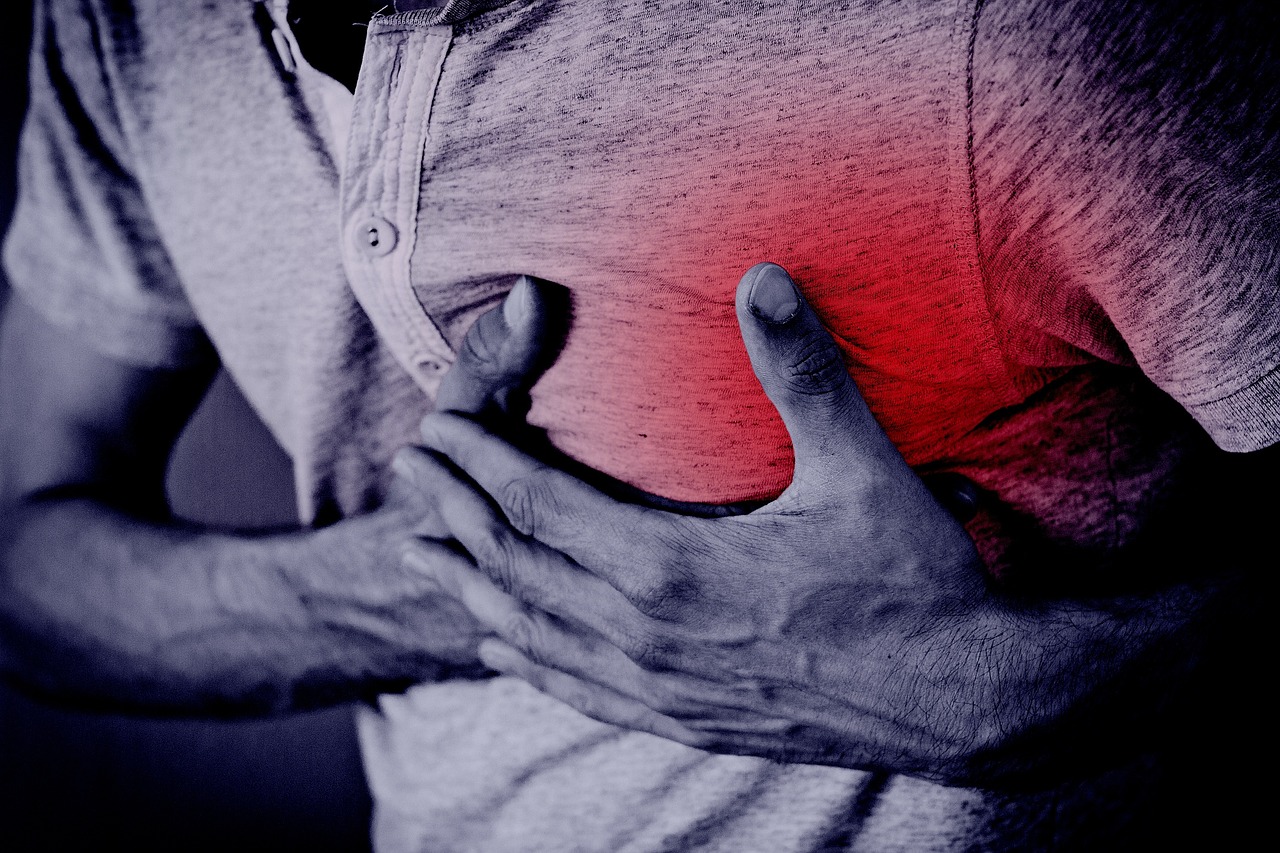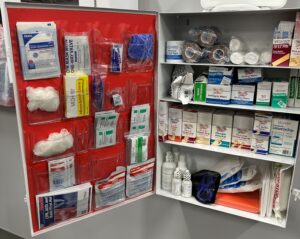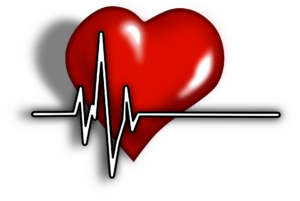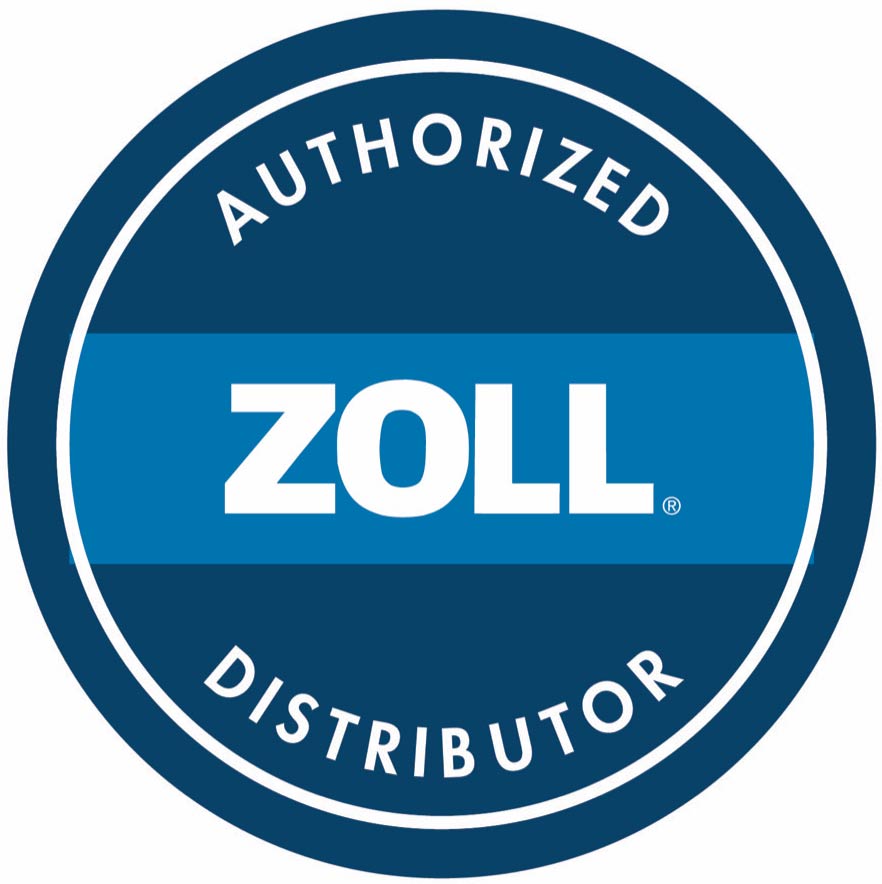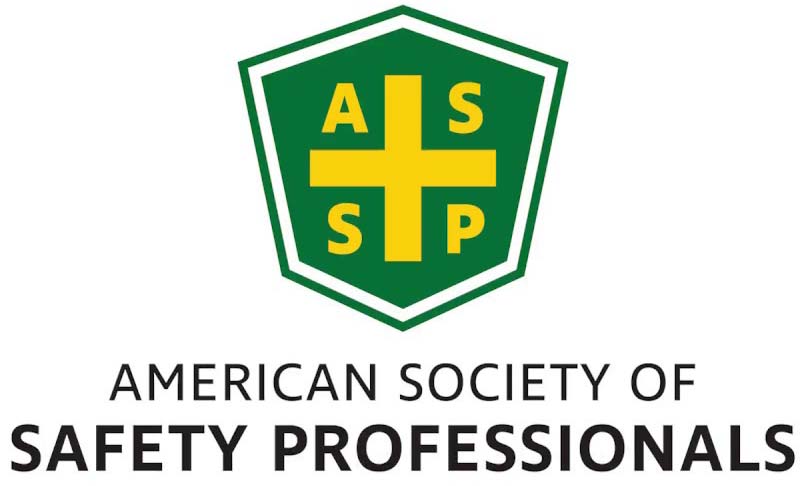You’ll often hear the terms “heart attack” and “cardiac arrest” used interchangeably. While they’re undeniably related, they’re not the same thing. A heart attack is a circulation issue, while cardiac arrest is an electrical problem. Let’s take a look at the differences:
Heart attack
A heart attack results from a physical blockage of an artery that prevents blood from reaching part of the heart. That blood carries vital oxygen, so a prolonged blockage can lead to lasting heart damage.
Symptoms of a heart attack might include chest pain or pressure, pain in the arms, back, jaw or neck, or shortness of breath. Those symptoms may be sudden and intense or very mild and gradual, going away and coming back. The difficulty is that those same symptoms might result from acid reflux or other indigestion, the result being that many people ignore them at first.
To further complicate things, some heart attacks are completely without symptoms, and the symptoms for women may be quite different, and more subtle, than those of men. Some female heart attack victims have described flu-like symptoms.
Cardiac arrest
Sudden cardiac arrest (SCA) occurs when an electrical malfunction in the heart causes an irregular heartbeat, or arrythmia. The heart is no longer able to pump blood to other vital organs and the victim loses consciousness and presents no pulse. In the absence of treatment, death may occur within minutes.
How they’re linked
Cardiac arrest is often the result of a heart attack, and in fact heart attacks increase the risk of SCA. But cardiac arrest may occur as a result of several other heart conditions as well. In other words, while heart attack and cardiac arrest are often related, either can occur without the other.
What to do
If a heart attack is suspected, call 911 immediately, even if the symptoms are mild. EMS personnel are trained to provide resuscitation if necessary, and a patient arriving by ambulance may be seen sooner by emergency room personnel.
In the case of sudden cardiac arrest, check the victim for responsiveness and then shout for help if others are nearby. If two people are available, one should immediately begin CPR while the other calls 911 and locates an automatic external defibrillator (AED). If no one else is around, call 911 and then begin CPR or use an AED if one is nearby. CPR should be continued until emergency medical personnel arrive.

